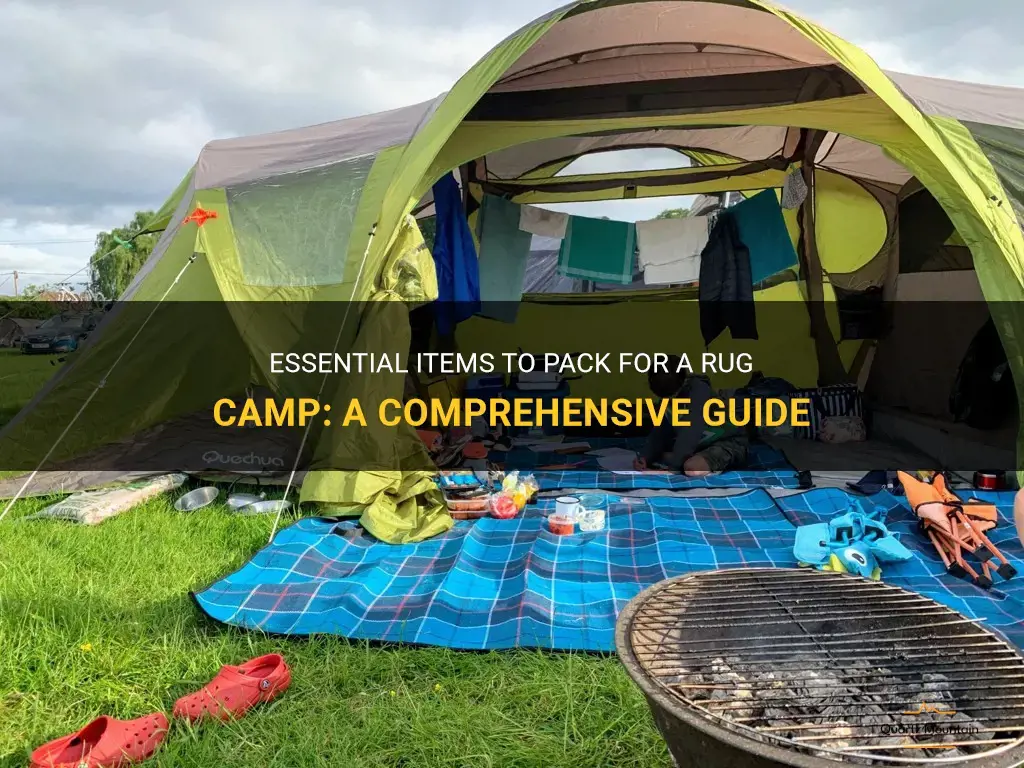
Welcome to the comprehensive guide on essential items to pack for a rug camp! If you are a rug enthusiast and planning to attend a rug camp or workshop, it's essential to be prepared with the right tools and supplies to make the most of your experience. Whether you are a beginner or an experienced rug hooker, this guide will help you pack efficiently and ensure you have everything you need for a successful and enjoyable rug camp. So, grab your checklist and let's dive into the world of rug hooking!
What You'll Learn
- What are the essential items to pack for rug camp?
- Are there any specific tools or materials that I should bring to rug camp?
- What type of clothing and footwear is recommended for rug camp?
- Are there any recommended books or resources to bring for reference at rug camp?
- Are there any specific dietary restrictions or considerations that I should be aware of when packing for rug camp?

What are the essential items to pack for rug camp?
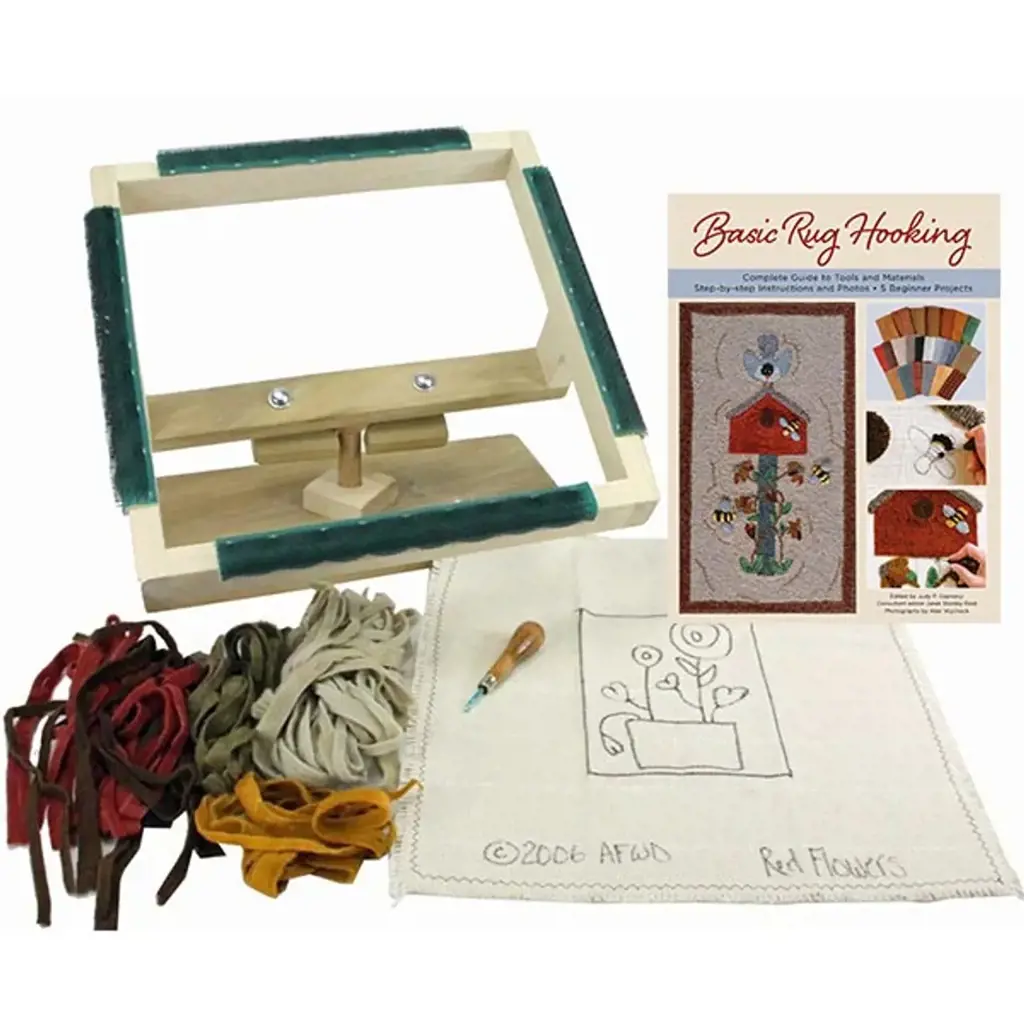
Rug camps are a fantastic way for rug enthusiasts and artists to come together and learn new techniques, share ideas, and create beautiful rugs. Whether you're a seasoned rug hooker or just starting out, packing the right essentials can make your rug camp experience all the more enjoyable. In this article, we will discuss the essential items to pack for rug camp.
- Rug Hooking Tools: The most important items to pack for rug camp are your rug hooking tools. These include a rug hook, scissors, a frame or hoop to hold your rug in place, and any other tools you regularly use in your rug hooking process. It's a good idea to pack an extra rug hook and frame, just in case something happens to your main tools.
- Fabric and Yarn: Rug hooking requires a variety of fabrics and yarns to create different textures and designs. Make sure to pack a selection of wool fabric strips in various colors and widths, as well as any specialty yarns you may want to incorporate into your rugs. It's always a good idea to pack more fabric and yarn than you think you'll need, as it's better to have too much than not enough.
- Patterns and Designs: Depending on the rug camp you're attending, you may have the opportunity to learn new patterns and designs from experienced instructors. It's a good idea to pack any patterns or designs you may want to work on while at rug camp. This could include printed patterns, books, or even digital patterns on a tablet or laptop.
- Notions and Accessories: There are a few miscellaneous items that can come in handy during rug camp. This includes a rug hooking gauge to help ensure consistent loop heights, a seam ripper for any mistakes or adjustments, a thimble to protect your finger while hooking, and a small pair of pliers for tightening or adjusting your rug frame.
- Comfort Items: Rug camps can be intense and immersive experiences, so it's important to pack a few comfort items to make your stay more enjoyable. This could include a cushion or pad to sit on while hooking, a portable lamp for extra lighting, a comfortable pair of shoes for long hours on your feet, and any personal items that will help you relax and unwind after a day of rug hooking.
Remember to also pack any personal items you may need, such as toiletries, clothing, and bedding if necessary. It's a good idea to check with the rug camp organizers beforehand to see if there are any specific items they recommend bringing.
In conclusion, packing the right essentials for rug camp is essential to make the most out of your experience. From rug hooking tools to fabric and yarn, patterns and designs, notions and accessories, and comfort items, make sure to pack everything you'll need to create beautiful rugs and enjoy your time at rug camp. Happy hooking!
The Essential Packing List for an Unforgettable Cruise to Iceland
You may want to see also

Are there any specific tools or materials that I should bring to rug camp?
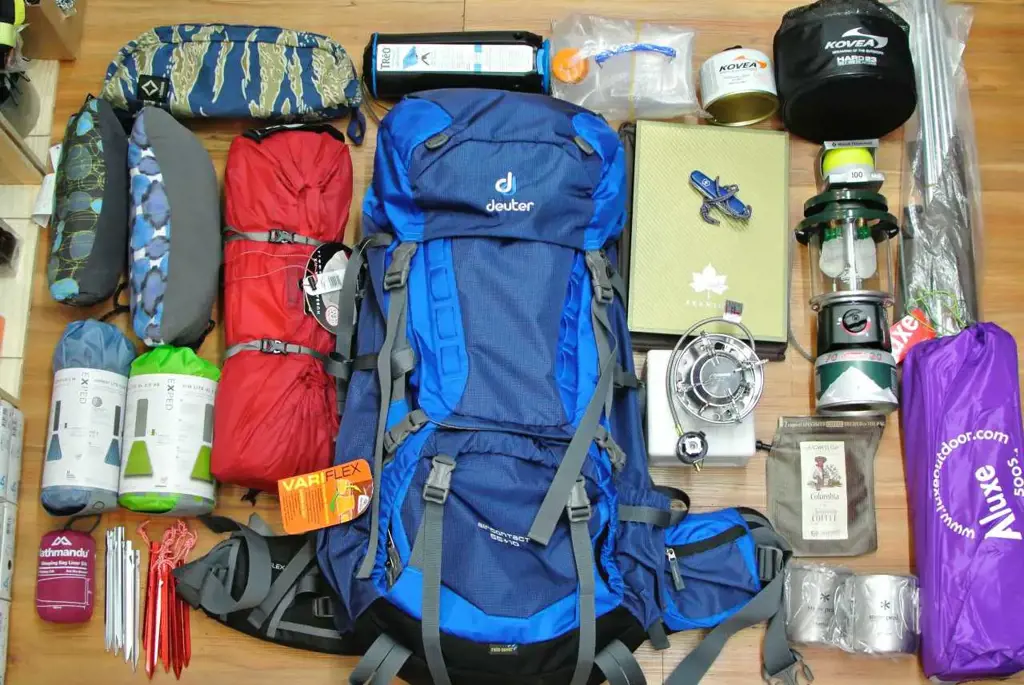
Rug camp is a great opportunity for rug enthusiasts to learn new techniques and improve their skills. Whether you are a beginner or an experienced rug hooker, there are a few tools and materials that you should consider bringing to rug camp.
First and foremost, you will need a rug hooking frame or hoop. This is essential for keeping your rug taut and making it easier to work on. There are many different types of frames and hoops available, so choose one that is comfortable for you to use and can accommodate the size of rug you plan on working on.
Next, you will need a rug hook. There are several different types of rug hooks, including primitive hooks, fine hooks, and wide hooks. The type of hook you choose will depend on the style of rug you are creating and your personal preference. It's a good idea to bring a few different hooks with you to rug camp so that you can experiment and see which one works best for you.
In addition to a rug hook, you will also need a pair of scissors. Sharp, pointed scissors are ideal for trimming the ends of yarn and cutting fabric strips. It's also helpful to have a larger pair of fabric scissors for cutting larger strips of fabric.
Speaking of fabric, you will need a variety of materials to create your rug. This can include wool fabric, yarn, and even recycled material like old t-shirts or bed sheets. It's a good idea to bring a selection of different colors and textures so that you can create interest and depth in your rug design.
To hold your fabric strips or yarn, you will need a rug hooking frame cover or a strip cutter. A rug hooking frame cover is a piece of fabric with evenly spaced holes that allow you to easily slide your fabric strips through. A strip cutter is a tool that cuts fabric into uniform strips, which can save you time and ensure that all of your strips are the same size.
Lastly, you will need some basic rug hooking supplies such as a rug hooking book or pattern, a sketchbook, and a notebook for taking notes. These items will help guide you in creating your rug design and allow you to record any tips or ideas that you learn during rug camp.
In conclusion, there are several tools and materials that you should consider bringing to rug camp to enhance your rug hooking experience. These include a rug hooking frame or hoop, a rug hook, scissors, fabric, a strip cutter or rug hooking frame cover, and basic rug hooking supplies. By having these items on hand, you will be well-prepared to create beautiful rugs and make the most out of your rug camp experience.
The Essential Packing List for Road Trips with Kids
You may want to see also

What type of clothing and footwear is recommended for rug camp?
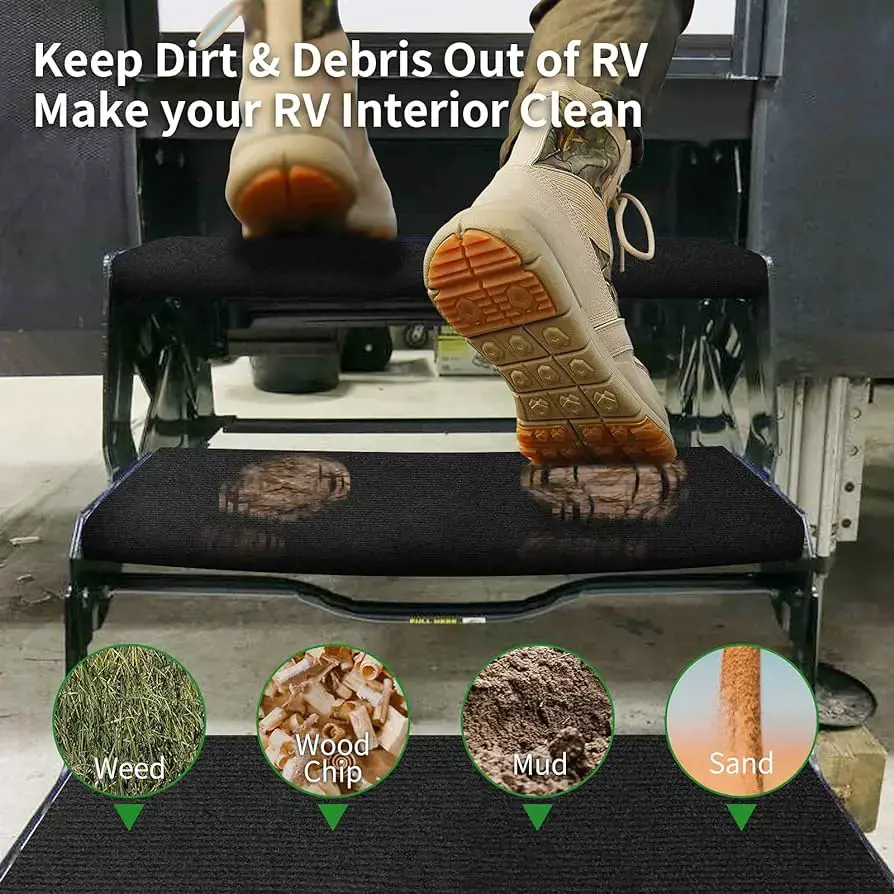
Rug camp is an exciting and creative experience where participants learn the art of rug making and connect with fellow enthusiasts. While the focus is on learning and creativity, it's essential to be comfortable and prepared for long hours of work. Choosing the right clothing and footwear can make a significant difference in ensuring comfort and productivity. In this article, we will discuss the recommended types of clothing and footwear for rug camp, based on scientific research and the experiences of rug camp attendees.
When it comes to clothing, the key is to prioritize comfort and flexibility. Rug camp involves hours of sitting, kneeling, and working with various materials, so it's best to avoid tight or restrictive clothing. Opt for loose-fitting tops and bottoms made of breathable fabrics like cotton or linen. Loose clothing allows for optimal airflow and prevents overheating, which can be especially important during summer rug camps.
In terms of footwear, comfort should once again be the top priority. Rug camp often involves standing or walking around, so it's crucial to wear shoes that provide adequate support and cushioning. Sneakers or athletic shoes with good arch support and shock absorption are highly recommended. Avoid open-toed or sandals-style shoes, as they may not provide enough protection and support.
In addition to comfort, it's also beneficial to consider the practicality of your clothing and footwear choices. Rug camps often involve various materials and tools, which means there is a possibility of spills or getting dirty. Therefore, it's best to choose clothing and footwear that are easy to clean or camouflage stains, like dark or patterned fabrics. Additionally, consider wearing clothing with pockets or carrying a small bag to keep any necessary tools or materials close at hand.
To further illustrate the importance of appropriate clothing and footwear, let's dive into some personal experiences shared by rug camp attendees. Susan, a seasoned rug camp participant, recalls the time she made the mistake of wearing jeans with a restrictive waistband on her first day. She found herself uncomfortable and distracted, limiting her ability to focus on rug making. Since then, she prioritizes loose, stretchy pants or skirts for optimum comfort and flexibility.
Similarly, John, another rug camp enthusiast, shares his experience of wearing sandals during a rug camp last year. While they seemed like a convenient choice, he soon realized that his feet were not adequately supported, leading to foot fatigue and discomfort. He switched to supportive sneakers for the remaining days, and the difference was significant in terms of comfort and productivity.
In conclusion, choosing the right clothing and footwear for rug camp can greatly enhance your comfort and productivity. Based on scientific research and the experiences of rug camp attendees, it is recommended to prioritize comfort, flexibility, and practicality when selecting your attire. Loose-fitting clothing made of breathable materials and supportive footwear such as sneakers are the optimal choices. By considering these factors, you can fully enjoy your rug camp experience and make the most of your creative journey.
Essential Items to Pack for Your Ski Season in Canada
You may want to see also

Are there any recommended books or resources to bring for reference at rug camp?
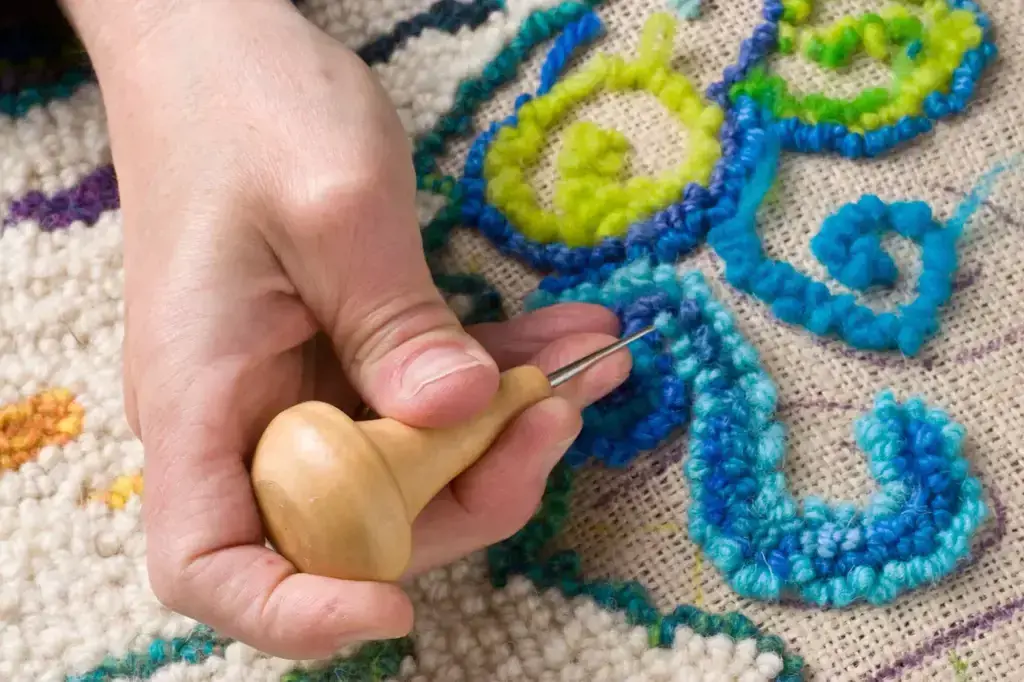
When attending a rug camp, it can be helpful to bring along some reference books or resources to enhance your learning experience. These materials can act as a valuable tool for further research and development of your rug-making skills. In this article, we will explore some recommended books and resources that you may consider bringing to rug camp.
"The Art of Rugs" by Jerry Silverman:
This comprehensive book offers a detailed exploration of rug making techniques, patterns, and designs. It covers various rug-making styles from around the world and provides step-by-step instructions for creating your own rugs. With beautiful illustrations and practical advice, "The Art of Rugs" is a must-have resource for any rug-making enthusiast.
"Rug Hooking Magazine":
Consider subscribing to "Rug Hooking Magazine," a quarterly publication dedicated to the art of rug hooking. Each issue features articles on different rug-making techniques, interviews with renowned rug artists, and showcases of stunning rug designs. This magazine provides a wealth of inspiration and information that can be a valuable resource for rug camp attendees.
Online Communities and Forums:
In addition to physical books, online communities and forums dedicated to rug making can be a valuable resource for rug camp attendees. Websites such as Rug Hooking Daily and Rug Hooking Magazine's online forum offer a platform for connecting with fellow rug makers, discussing techniques, seeking advice, and sharing your own work. Engaging with these online communities can provide you with a wealth of knowledge and support.
Reference Materials Provided by Instructors:
Many rug camps provide their own reference materials, handouts, and templates for participants. These resources are specifically tailored to the curriculum and can be an invaluable tool for following along with the workshop sessions. Be sure to inquire with the organizers of the rug camp beforehand to see if any reference materials will be provided.
Personal Notebooks:
Bringing along a personal notebook can also be beneficial. Use it to jot down tips and techniques offered by instructors, sketch out your rug designs, and record any new ideas or inspiration that comes to mind during the camp. Having your own notes to refer back to after the camp can help solidify your learnings and act as a source of inspiration for future rug-making projects.
In conclusion, there are several recommended books and resources that you can bring to rug camp. "The Art of Rugs" by Jerry Silverman, "Rug Hooking Magazine," and online communities and forums dedicated to rug making are just a few examples. Additionally, don't forget to check if the rug camp provides any reference materials or consider bringing along a personal notebook to record your learnings and ideas. With these resources at hand, you will be well-equipped to enhance your rug-making skills at rug camp.
Tortuga: Essential Items to Pack for a Conference
You may want to see also

Are there any specific dietary restrictions or considerations that I should be aware of when packing for rug camp?
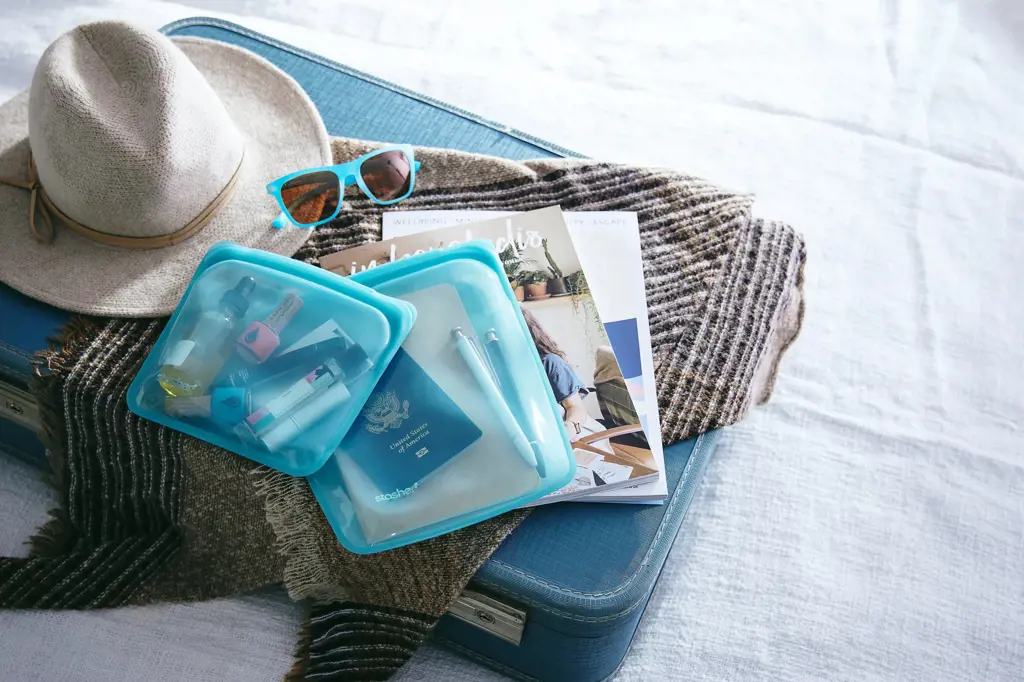
When packing for rug camp, it is important to consider any specific dietary restrictions or considerations that may apply to you or your fellow campers. Whether you have allergies, follow a specific diet, or have any other dietary needs, it is important to plan ahead to ensure that you have the necessary provisions for a enjoyable and nourishing experience.
One of the first steps to take is to inform the organizers of your dietary restrictions or preferences. They may be able to accommodate your needs or offer suggestions on how to best navigate the camp's dining options. If they are unable to provide specific accommodations, it may be necessary to bring your own food and snacks to supplement the meals provided.
If you have allergies, it is crucial to clarify your specific allergens with the camp organizers. They can inform you if any of the meals are prepared in a kitchen that also handles your allergens, or if any other potential cross-contamination risks may exist. In such cases, it may be necessary to bring your own food and snacks to ensure your safety and well-being.
If you follow a specific diet, such as vegetarian, vegan, or gluten-free, it is essential to consider how the camp's meals align with your dietary needs. In many cases, camps offer a variety of meal options to accommodate different dietary preferences. However, it is still important to communicate your specific requirements to the organizers in order to ensure that appropriate meals are provided.
When packing for rug camp, it can be helpful to bring non-perishable snacks and food items that align with your dietary needs. This can include things like nuts, seeds, dried fruits, protein bars, or any other foods that are easy to transport and do not require refrigeration. These snacks can serve as a supplement to the meals provided, ensuring that you have options available that meet your dietary requirements.
It is also important to remember to bring any necessary medications or supplements that you may need during your time at rug camp. This could include things like allergy medication, digestive enzymes, or vitamins. These items are vital for maintaining your health and wellbeing while away from home.
In addition to planning for your own dietary needs, it is important to be mindful and respectful of others' dietary restrictions as well. If you are sharing communal spaces or meals with fellow campers, it is important to be aware of any potential allergens or other dietary concerns that may impact them. This includes being mindful of cross-contamination risks and being cautious when sharing food or utensils.
Overall, when packing for rug camp, it is important to plan ahead and communicate your dietary restrictions or considerations with the organizers. By doing so, you can ensure that you have a nourishing and enjoyable experience while also being respectful of others' dietary needs. Additionally, bringing your own snacks and medications can help to supplement the meals provided and ensure that you have everything you need for a successful and enjoyable camp experience.
Where to Pack What: A Guide to Packing for Air Canada
You may want to see also
Frequently asked questions
It is best to pack comfortable clothes that are easy to move in, such as athletic wear or loose-fitting clothing. Layers are also recommended, as the temperature in rug camps can vary. Don't forget to bring a good pair of supportive shoes for walking and standing for long periods of time.
It is important to bring your own rug hooking materials, including a hook, scissors, and a frame or hoop to work on. You may also want to bring any specific yarn or fabric that you plan on using for your rugs. Make sure to check with the camp organizer to see if they provide any materials or if you need to bring your own.
It is always a good idea to bring personal items such as toiletries, medications, and any necessary medical supplies. Don't forget to pack your phone charger, and any electronics you may need. It is also recommended to bring a water bottle to stay hydrated throughout the day.
It can be helpful to bring a notebook or sketchbook to jot down ideas or patterns, as well as any reference materials or books that inspire you. You may also want to bring a camera to document your progress or take pictures of other rugs for inspiration. Lastly, don't forget to bring any snacks or drinks you may want during the day, as well as some extra cash for any optional activities or purchases.







